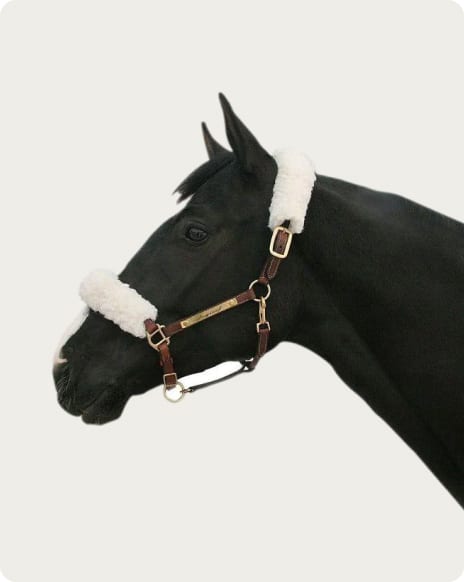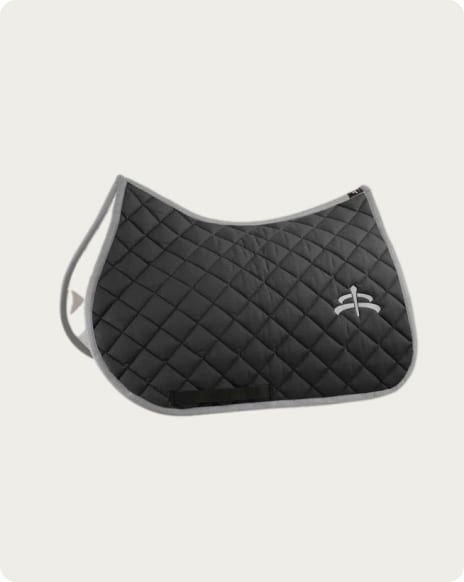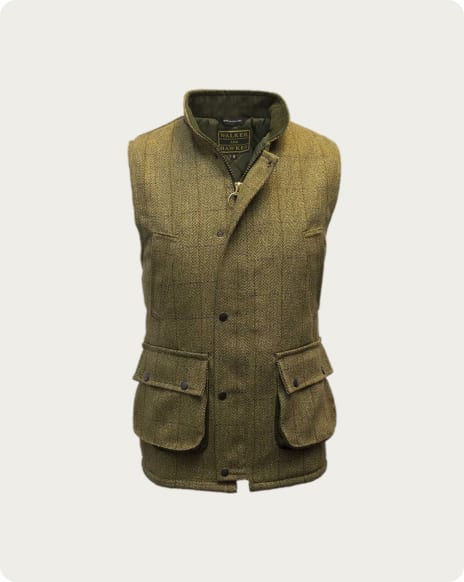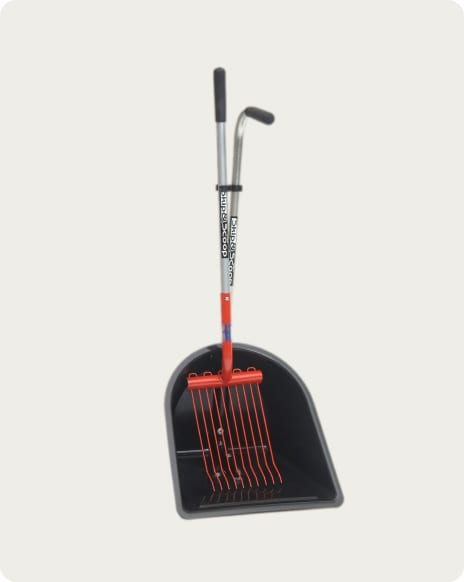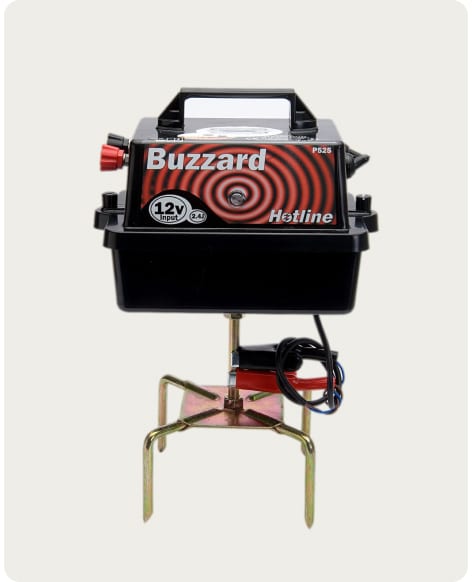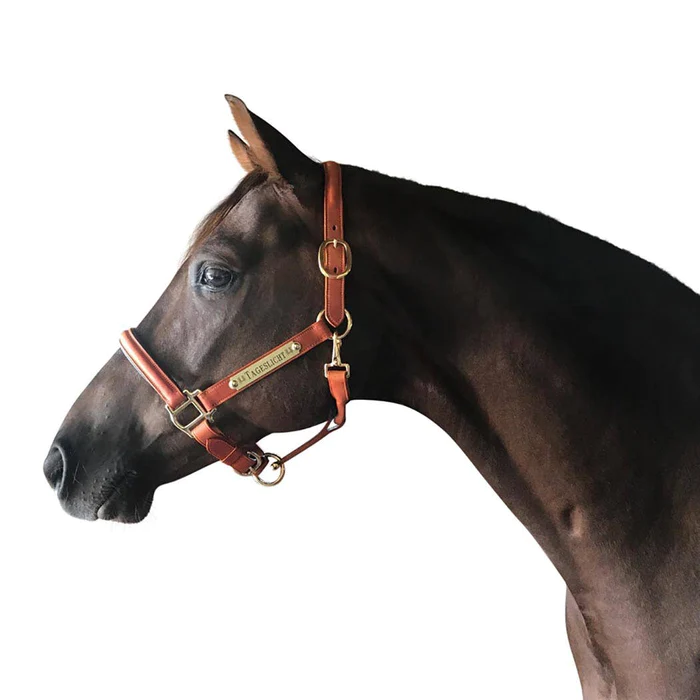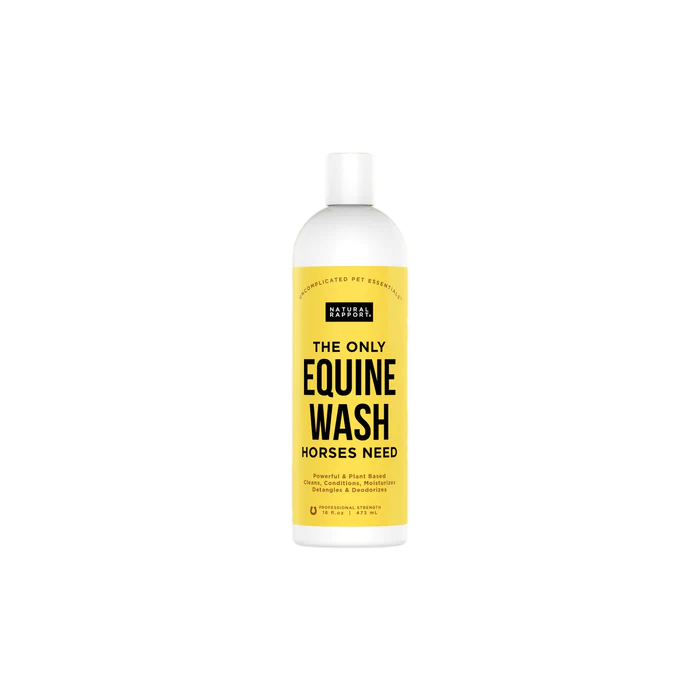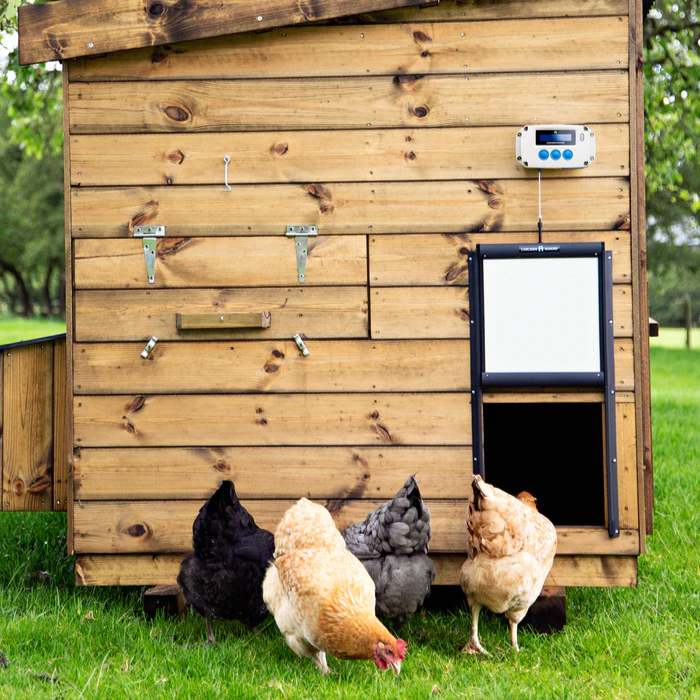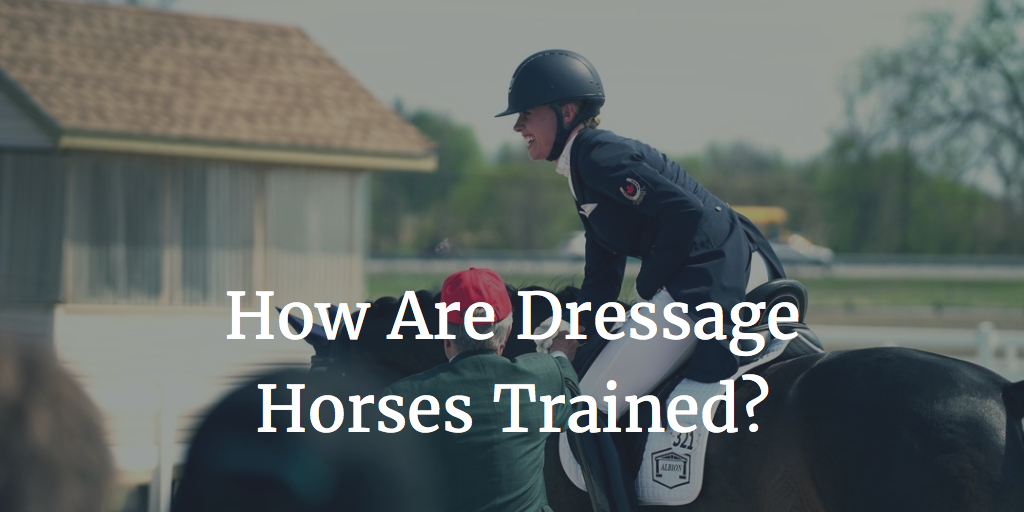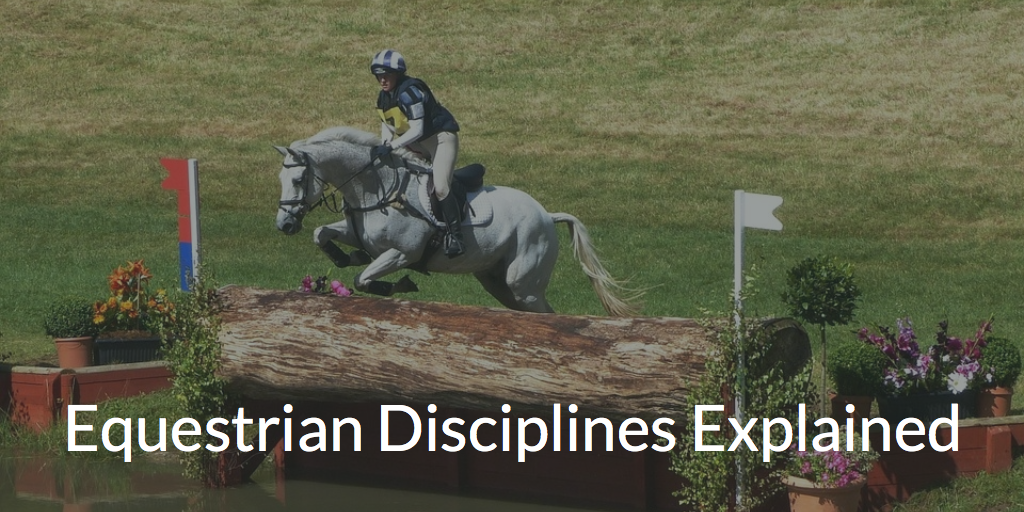
There is more to creating and maintaining a good paddock for your horse than you might think!
You need to first establish whether your horse is living out 24/7 in which case you will need quite a bit of land, or whether your horse is stabled for part of the day, in which case turnout is limited to just a few hours grazing. Allow an acre per horse and if your horse is going to live out year round, be prepared to section off your grazing so that you can rotate and rest it.
Electric Fencing for Horses
The land should be free from weed, any foreign objects and as level as possible; sloping land is fine but there should be no holes or rabbit holes which are hazardous to the grazing horse. Your land will need to have a secure perimeter fence; post and rail is one option although it is very expensive. Offering greater flexibility, particularly if you need to divide the grazing into sections, is an electric fencing system consisting of an electric fence energiser, fencing posts, tensioners, tape or rope, gate handles and an earth rod. Electric fencing is very adaptable and easily moved to fit in with grazing requirements as the seasons change. One of our complete fencing kits contains everything you need to safely secure your paddock, and you can add to it if you need to fence a larger area later on.
Supply of Fresh Water
A horse needs a continuous supply of fresh drinking water. If your paddock is near the yard, then water can either be carried manually or a hose used to run a supply to the field. Permanent field troughs with piped water are also an option but they need regularly cleaning and checking and the supply can freeze in winter causing a burst pipe so make sure you know the location of the stop cock. Water bowsers are an alternative for a remote or difficult to reach location; these are large tanks which can be filled in the yard and then towed to the relevant point in the field. Ponds and streams are not always the best supply of water; pond water is not fresh enough and streams can cause issues if they are steep sided.
Shelter
Horses always need access to shelter when grazing, so relief from heat and flies in the summer and refuge from severe weather in the winter. Most people use field shelters to provide this and you can buy mobile shelters which can be moved around the field on skids when the ground becomes poached or as the season changes. Mobile field shelters also do not require planning permission.
Rest & Rotation
Check your grazing daily for secure fencing, adequate water supply and grass quality/weed incursion. Droppings should ideally be removed every day and this is a good opportunity to assess the integrity of the fencing and remove any foreign objects. Paddocks need rest and rotation to allow the ground to recover and to permit treatment for weed growth and new grass seed, and the flexibility of an electric fencing system offers the horse owner the easiest way to do this. Fencing can quickly be moved or removed altogether to facilitate paddock treatment.



